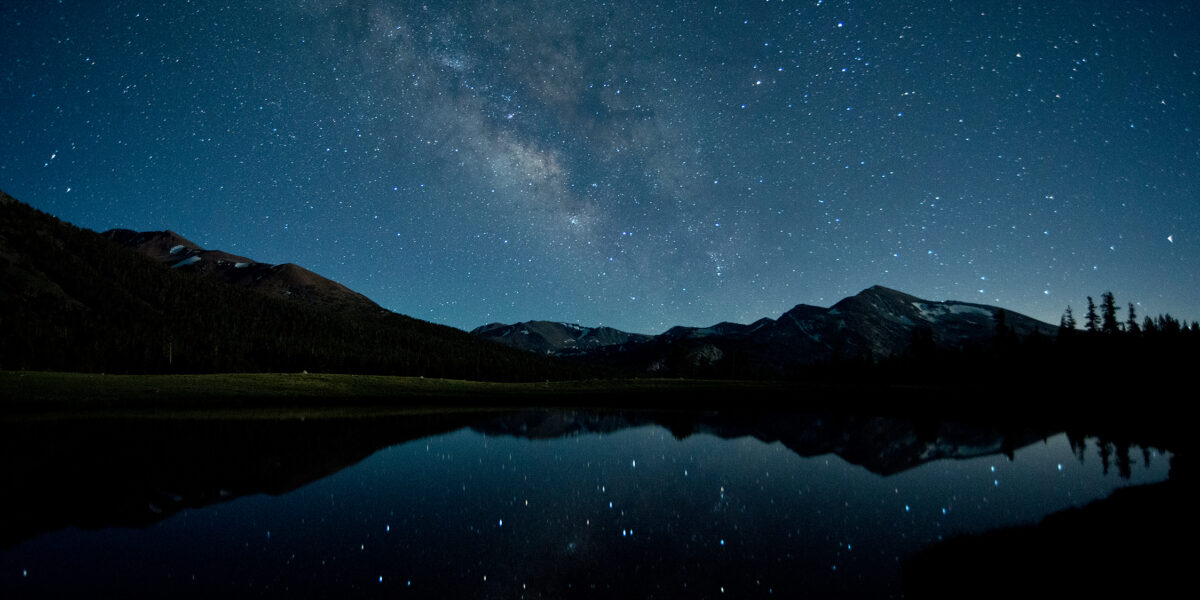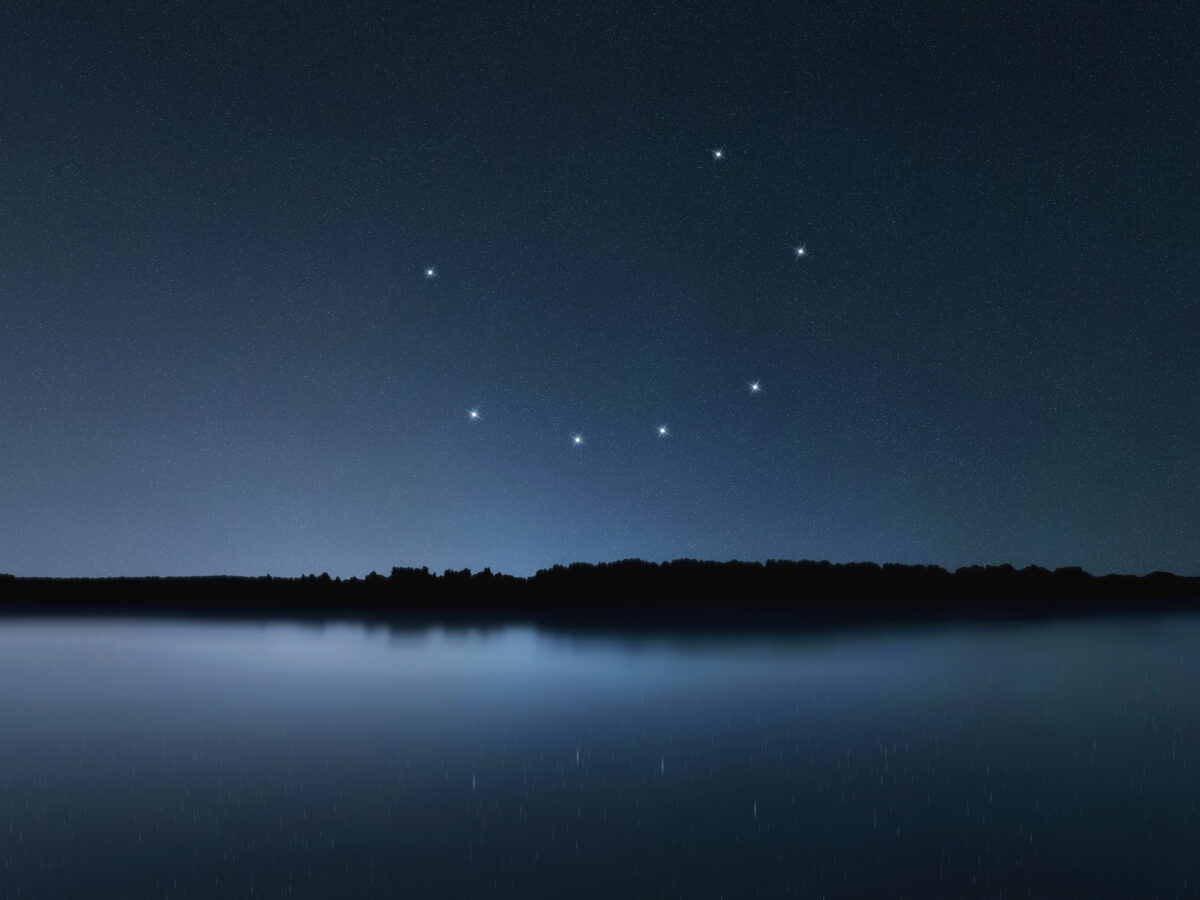
A ‘Once-in-a-Lifetime’ Star System Explosion Is Coming Soon—Here’s How to See It
NASA experts and celestial superfans are over the moon about this one.

Of all the celestial happenings coming up this year, there’s one that might be the most exciting. For the first time in nearly 80 years, T Coronae Borealis (T CrB for short) will explode. We wish we had a specific day to mark our calendars, but NASA says the star system is due to explode sometime between now and September.
The last time people witnessed this “nova explosion” was back in 1946. It’s located a whopping 3,000 light-years from Earth, but NASA predicts it will become visible for several days to the naked eye. NASA says it will be of similar brightness to the North Star, Polaris.
So, what exactly is this star system, and how will it explode? T CrB is a binary system comprising a white dwarf (the core of a red giant, also known as a dead star) and a red giant (a dying star).
“The stars are close enough that as the red giant becomes unstable from its increasing temperature and pressure and begins ejecting its outer layers, the white dwarf collects that matter onto its surface,” Lauren Perkins, a media metrics analyst at NASA’s Marshall Space Flight Center, shared in a blog post. “The shallow dense atmosphere of the white dwarf eventually heats enough to cause a runaway thermonuclear reaction—which produces the nova we see from Earth.”

Allexxandar/Getty Images
Bill Cooke, a NASA astronomer, recently told NPR’s Debbie Elliott and Leila Fadel that this is an extremely rare event—and far more rare than the pending solar eclipse on April 8, 2024.
“It goes nova about every 79 to 80 years,” Cooke said. “It last did this in 1946, and it was observed to go nova for centuries before that. So it’s kind of a once-in-a-lifetime thing.”
To stay up-to-date on the latest information about this star system explosion, follow NASA on their social media channels. As an alternative, you can also spend your free time looking up at the sky until September.
